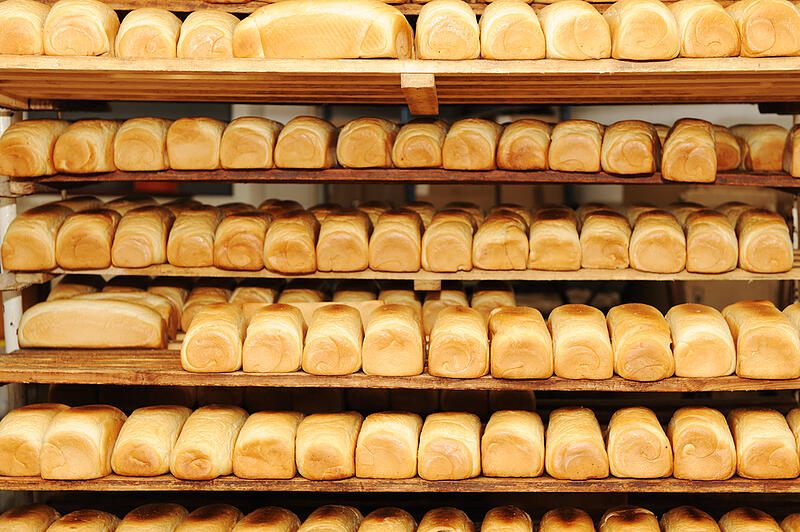The world is becoming more allergic to food - especially in industrialised societies. This rise in food intolerance and related high-profile incidents (such as the tragic death of Natasha Ednan-Laperouse that prompted the introduction of a new law) has made it more vital than ever for food manufacturers to crack down on their allergen management processes.
Allergen management is rarely a simple task but technology can help manufacturers better segregate allergens from their other ingredients and eliminate their unintentional presence from products overall. Here’s how:
- Gain better visibility over your operations
- Ensure supply chain control
- Ensure strict quality and compliance measures
Gain better overall visibility over your operations
Technology, such as an ERP system, will gather and store data from multiple sources into one place. This makes it easier for you to quickly find the information you need as well as giving you full visibility over your business processes and supply chain.

Ensure supply chain control
As well as knowing where your raw materials come from, you should know whether your suppliers’ qualifications and vendor certifications are up-to-date and comply with regulations. Technology can bring this information into one location for you.
You can then manage your supplier data, vendor quality assessments and transaction histories all in one place.
Ensure strict quality and compliance measures
Your intermediary and final products must comply with all regulatory mandates for food production and distribution in the market where you operate, plus organisational quality standards. This is vital to maintaining your product, brand value and competitive advantage.
Again, because technology brings your data from disparate systems into one location, it’s easier for you to analyse your data. Modern ERP systems also provide an effective framework for tracking changing regulations and managing compliance and quality along with substantiating data and reports.
Thanks to centralised information and automatic alerts, you can take swift action to maintain compliance if anything deviates from the standard.

Features your ideal technological solution should have
Here are some key features your technological solution should offer that can help you better manage allergens:
- Ability to add allergens to items and recipes - either as direct allergens or ‘may contain’. This gives you visibility into allergens across multiple sources
- Quality management - so you can assess and record quality metrics in your operations
- Process manufacturing - end-to-end capabilities to help you maintain efficient, quality-controlled production of your food items. Additional features include recipe management and batch production management
- Lot tracking - you might have a robust allergen management process but accidental contamination can still easily happen. An advanced lot tracking feature can help you manage the potential aftermath of this and reduce the likelihood of a product recall
- Automated data entry - take this manual task off your team’s hands and allow technology to automatically capture and store data. This can reduce the chance of human error and give your team more time to focus on more important tasks
Discover the power of technology in helping you manage allergens
Technology can improve the visibility you have over your supply chain and distribution processes. However, it’s important to find the right technology - especially an industry-specific solution. With so many choices out there, how do you decide?
We’ve got a guide that can help. Read more about why technology is key to boost transparency, the industry-specific features you should be looking for and more…

